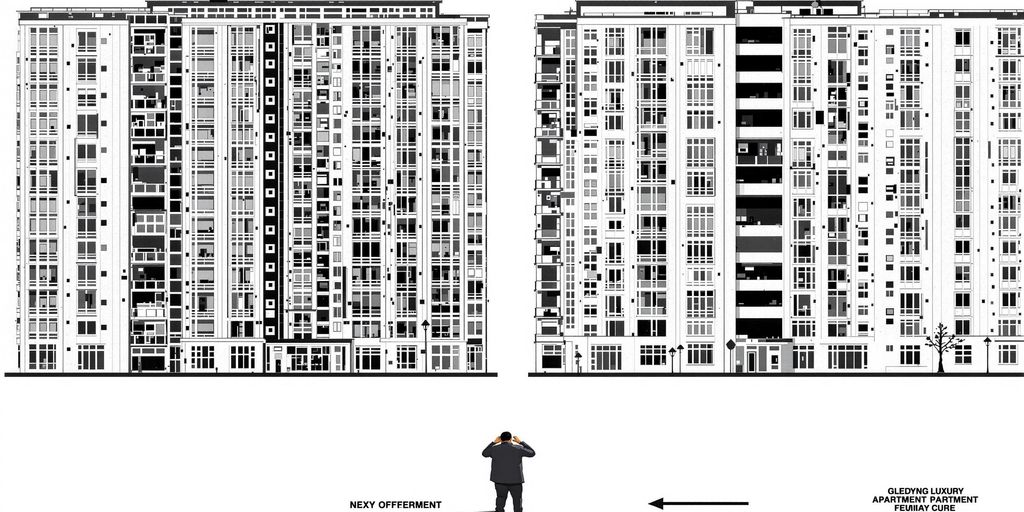Florida’s rental market is in turmoil, with affordable housing options rapidly disappearing while luxury apartments proliferate. Renters across the state are grappling with escalating costs, forcing many to dedicate an unsustainable portion of their income to housing. This trend is exacerbated by significant population growth and a construction boom focused on high-end units.
The Vanishing Affordable Rental Market
Research indicates a stark decline in affordable rental units in Florida. Over the past decade, the number of apartments renting for under $1,000 a month (adjusted for inflation) has dropped by approximately 60%. Concurrently, there has been a fivefold increase in units commanding rents of $2,000 or more per month. This shift is driven by rising land, material, and labor costs, making it more profitable for developers to focus on upscale properties.
Soaring Rents and Strained Budgets
The median monthly rent in Florida has seen a dramatic increase, rising by nearly $500 between 2019 and 2023, from $1,238 to $1,719. This surge in costs means that a significant portion of Florida’s renter population, nearly 905,000 low-income households, are now considered cost-burdened, spending over 40% of their income on rent. In some areas, like the Suncoast region, renters need to earn upwards of $35 an hour to afford a modest two-bedroom apartment, a wage far exceeding what many essential workers earn.
Key Takeaways
- Affordable Units Disappearing: Low-cost rental options have significantly decreased.
- Luxury Boom: Construction is heavily skewed towards high-end apartments.
- Rent Increases: Median rents have jumped substantially, straining household budgets.
- Wage Gap: Wages are not keeping pace with rising rental costs.
- Population Growth: In-migration is increasing demand for housing.
Factors Driving the Crisis
Several factors contribute to Florida’s housing affordability crisis. Rapid population growth, fueled by migration from other states and the rise of remote work, has intensified demand. Real estate speculation and the conversion of existing housing into short-term rentals further reduce the supply available for long-term residents. Additionally, state legislation has limited local governments’ ability to implement rent control or inclusionary zoning policies, which could otherwise help preserve affordability.
Impact on Residents and Future Outlook
The consequences of these trends are severe, leading to increased housing instability and, in some cases, homelessness. Many essential workers, including teachers, healthcare aides, and service industry staff, find themselves priced out of the communities they serve. While some areas are seeing a slight decrease in rental prices due to increased vacancy rates in new luxury developments, these drops are often insufficient to make housing truly affordable for the average Floridian. Experts warn that without significant policy interventions, the crisis is likely to persist and potentially worsen.
Sources
- Florida’s affordable rentals vanish amid luxury apartment boom, Axios.
- Florida renters struggle with housing costs, new statewide report finds News, University of Florida.
- Suncoast renters now must earn $35 an hour to afford a two-bedroom, Sarasota Herald-Tribune.
- 561-297-2595, pburks@fau.edu FAU Professor’s Research Suggests Strategies to Tackle South Florida’s
Affordable Housing Crisis, FAU. - Report finds median monthly rent in Florida increased $500 over three years, WUSF.


